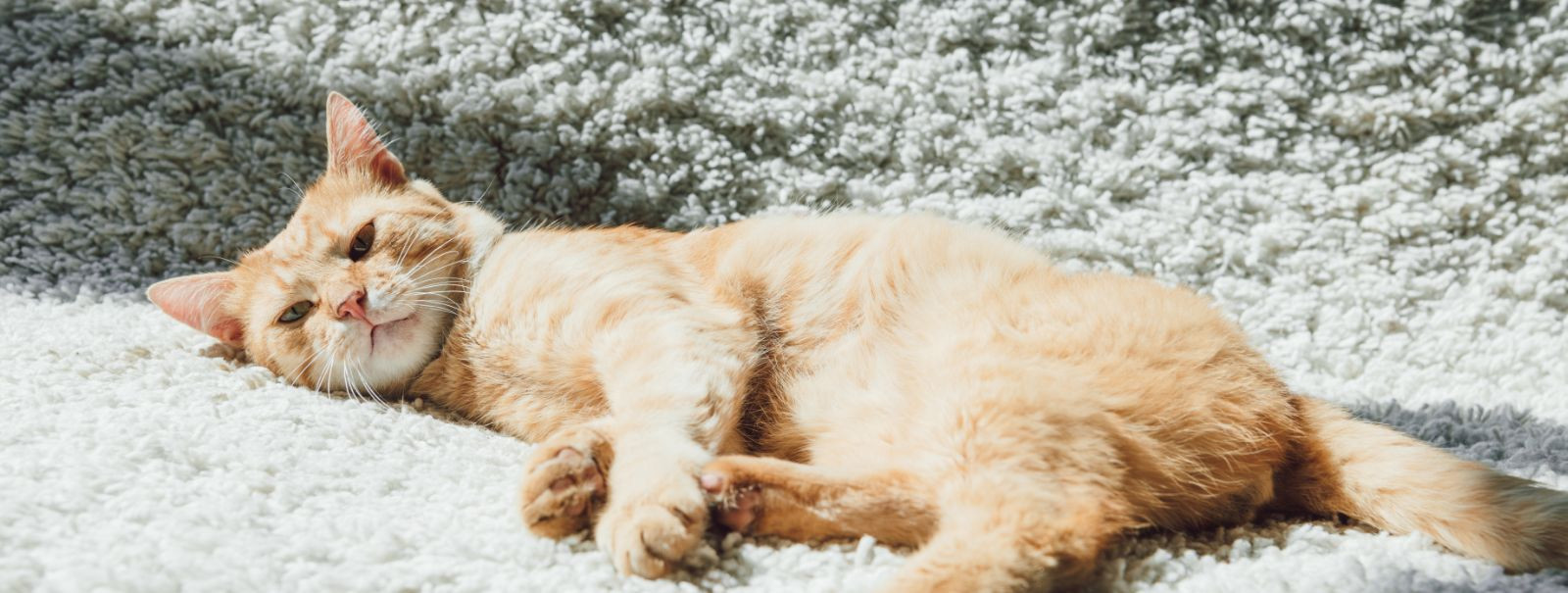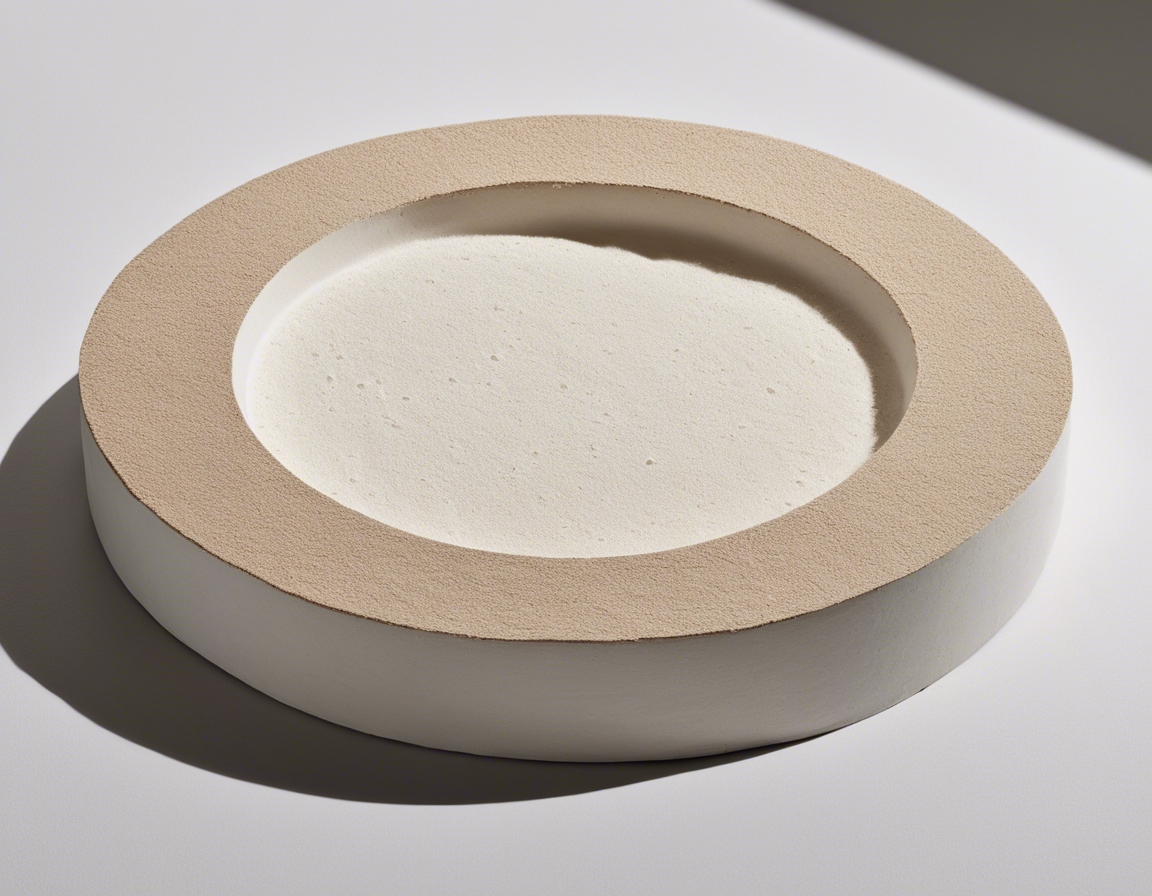The ultimate guide to natural pet litter
Natural pet litter is a sustainable alternative to traditional clay-based litters, offering a solution that is both pet-friendly and environmentally responsible. Made from a variety of biodegradable materials, natural litters are designed to be safe for pets, humans, and the planet.
Natural pet litters provide numerous advantages over their synthetic counterparts. They are typically made from renewable resources, are biodegradable, and often come with superior odor control. Additionally, they can be less dusty and are generally safer for pets who might ingest litter during grooming.
Types of Natural Pet Litter
Wood-based litters are made from sawdust, wood shavings, or recycled lumber. They are highly absorbent, control odors naturally, and can be found in both clumping and non-clumping varieties.
Paper-based litters are crafted from recycled paper products and are often recommended for pets with allergies or sensitivities. They are low dust and provide excellent moisture absorption.
These litters are made from natural grains and offer biodegradability and natural odor control. They can be clumping, which makes for easy cleanup.
Grass-based litters are a newer option on the market, known for being lightweight and having a soft texture that is gentle on paws. They also offer good clumping properties.
Walnut shell-based litters utilize the natural absorbency of walnut shells and are known for their excellent odor control and clumping abilities.
Factors to Consider When Choosing Natural Pet Litter
When selecting a natural pet litter, consider the source of the materials and the manufacturing process to ensure you are making an eco-friendly choice.
Choose a litter that is free from chemicals and fragrances to reduce the risk of allergic reactions or health issues for both pets and humans.
Odor control is crucial in maintaining a pleasant home environment. Natural litters often use materials that neutralize odors without the need for artificial fragrances.
Clumping litters make it easier to remove waste, while non-clumping litters may be safer for kittens and pets prone to ingestion.
While natural litters can be more expensive than traditional litters, their long-term benefits and impact on the environment can justify the cost. Availability can vary, so consider local and online options.
How to Transition to Natural Pet Litter
Start by placing a small amount of natural litter in your pet's current litter box to allow them to become accustomed to the new texture and smell.
Gradually increase the amount of natural litter while decreasing the old litter over a period of a few weeks to help your pet adjust smoothly.
Observe your pet's behavior and litter box usage to ensure they are comfortable with the switch. Make adjustments as needed.
Maintaining and Disposing of Natural Pet Litter
Regularly scoop the litter box and refresh the litter as needed. Follow the manufacturer's guidelines for the best results.
Many natural litters can be composted or disposed of in green waste bins. Check local regulations and the litter's packaging for specific disposal instructions.
FAQs About Natural Pet Litter
Address common questions and concerns regarding natural pet litters, such as their effectiveness, cost, and how they compare to traditional litters.






Comments (0)